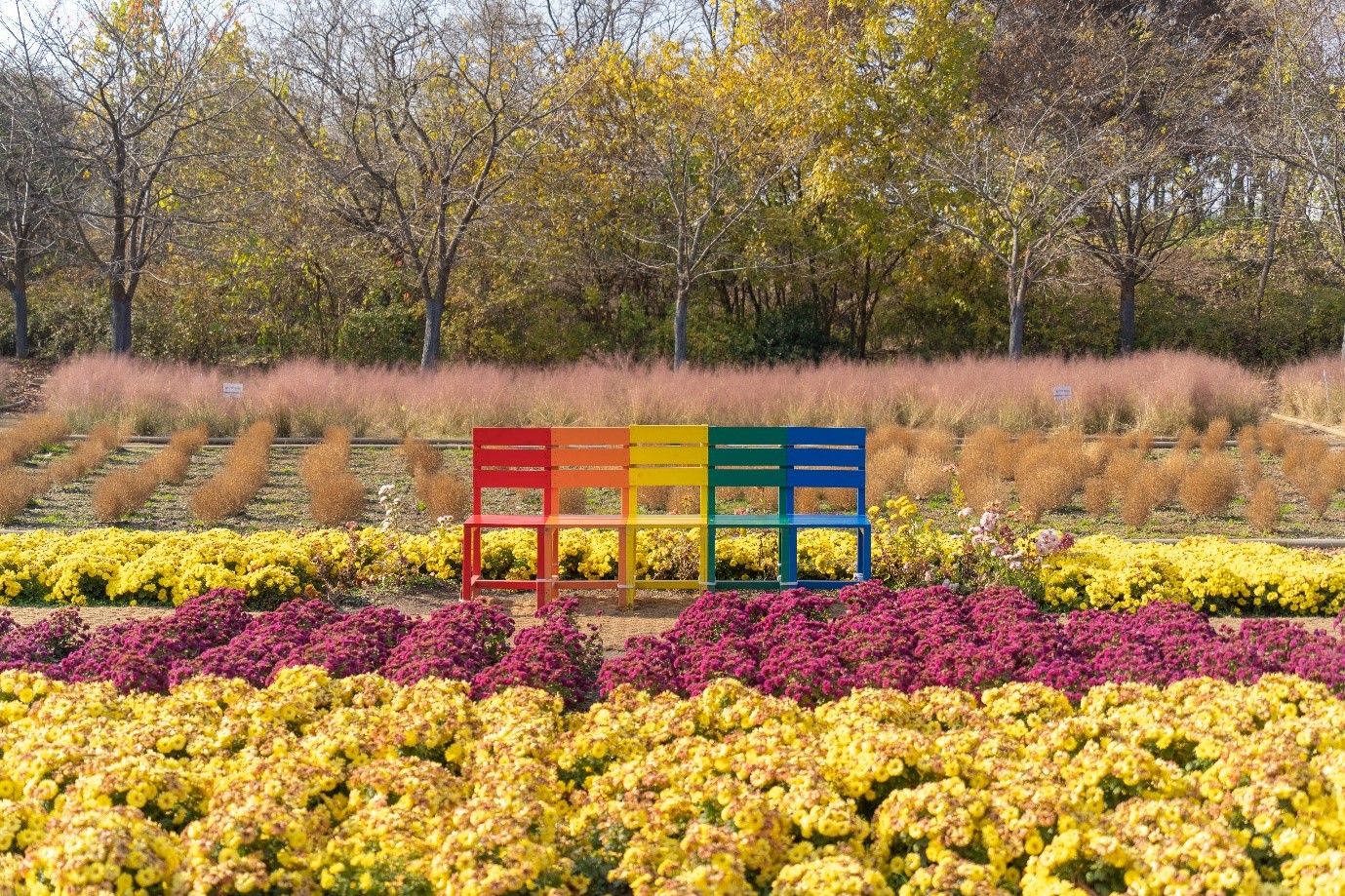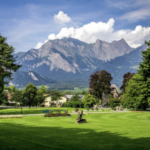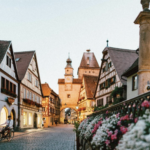This world has a rich culture and fascinating history. Please allow me to share my international travel journal with you on this blog.
The beauty of Belgium (international travel experience):
Flanders, in the European country, Belgium, famed for its medieval cities and motorways that can be seen from space, is one of the most urban corners of Europe.
Yet, this densely populated area is seeing a mini-boom in a new type of agriculture where farmers sell direct to consumers.
The movement, known as community-supported agriculture, is the antithesis of the sprawling global distribution chains of modern industrial food production.
CSA farming means no supermarkets, no fertilizers and no monoculture.
Advocates say the most important feature is the direct link to consumers, who pay upfront and often pick the produce from the fields.
This model of farming – sometimes referred to as farm-to-fork – originated in the United States and the Netherlands, but has quickly taken off in the Belgian region of Flanders.

A memorable example:
Since 2007, at least 45 similar businesses have sprung up in the region. Koen Tierens, a plant biologist, is one of the newest on the scene. Koen swapped his desk job as an agrarian expert for the 5.30am harvests that come with running his own vegetable farm. He has a 1.2-hectare (2.96-acre) plot in the village of Kampenhout just outside Brussels, where the rich, loamy soil is ideal for growing.
Koen’s father, a retired farmer, was skeptical when he outlined his plans; a small holding, no fertilizers and a few old-fashioned, second-hand tools: “My father told me, ‘Koen what are you doing? You studied at university; you have a PhD! Are you going to be an ancient Belgian farmer doing how they did it in the middle ages?’”
Koen says there is nothing primitive about his business, and stresses he is not against conventional farming or fertilizers. Koen has 72 households paying him to grow their vegetables and hopes to increase this to 90. He grows 200 varieties of vegetable in a year – a much wider range than typical farmers. As well as the more common peas, carrots and potatoes, he grows fewer familiar varieties – purple cauliflowers, green zebra tomatoes, black radish, salsify and cardoon.
Another big difference with conventional farming is the limited use of subsidies, although he received EU funds to start his business and cover the costs of gaining organic certification. Other elements are constant: the unpredictability of the weather and early starts. During the peak growing season from May to October, he works 12 to 13 hours a day, seven days a week. His customers share the risk of a storm or a bad harvest. “It would be a disaster for them as well, but the chance of that happening is not that big because I grow 200 types of vegetables,” he says.
It is not only about the food; it is also about the community and being outside. Another feature of CSA produce is that it takes longer to prepare. Vegetables arrive in customers’ kitchens with earth clinging to roots and leaves, rather than shiny and neat in plastic packaging. “Not everyone likes to bring soil into their kitchen,” says Koen. “With me you need to invest a little bit more time, but you can taste the difference.”
“International travel is a learning journey.”










